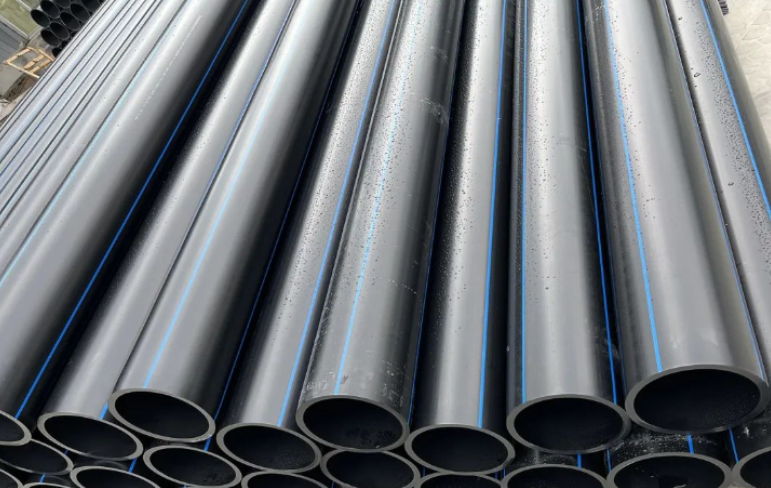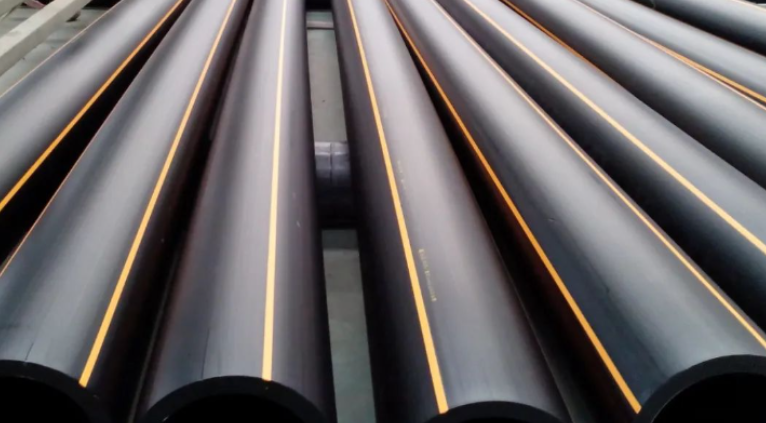August 26, 2024 – In the field of PE piping, the recognition of color-coded lines stands as a fundamental skill. These color lines, each representing different types of pipes and their usages, offer a convenient identification method for construction workers and users.

Among these, the blue identification line predominantly signifies HDPE water supply pipes. These pipes are extensively used for potable water transmission, especially in municipal water supply and drainage, industrial water transportation, and farmland irrigation scenarios. The blue line serves as a clear indicator that the pipe is suitable for transporting potable water that meets sanitary standards, thereby ensuring safe usage. However, it’s important to note that some PE drainage and wiring pipes may also feature a blue line, necessitating careful discrimination.

Meanwhile, orange and yellow lines primarily mark HDPE gas pipes. These pipes represent an upgrade from traditional steel and PVC gas pipes, designed specifically for transporting gases like natural gas and liquefied petroleum gas. Given the stringent safety requirements of gas pipelines, the yellow or orange identification lines are of utmost importance. They not only clearly indicate the pipe’s purpose during construction and maintenance but also help prevent misuse and eliminate potential safety hazards. Specifically, orange lines often denote gas pipes made from PE100 or PE-RC materials, while yellow lines typically indicate PE80-grade gas pipes.
The red identification line is exclusively reserved for HDPE mining pipes. These pipes are primarily used in coal mine applications such as water supply, drainage, compressed air, spraying, and gas extraction. The red line aids construction workers and users in swiftly identifying mining pipes, ensuring their safe use in high-pressure, high-wear, and corrosive environments. It’s worth mentioning that HDPE mining pipes are highly regarded for their exceptional flame retardancy and antistatic properties.
Additionally, fully black HDPE drainage pipes bear no color-coded lines. These pipes find widespread application in city drainage, rainwater discharge, sewage treatment, and agricultural irrigation.
Aside from these common PE pipes, HDPE steel wire mesh framed composite pipes deserve attention. These pipes are also identified by a blue line for easy recognition and use.
According to the Color Masterbatch Industry Network, with the continuous development of the chemical industry, the application areas of PE pipes will continue to expand. The standardized use of color-coded lines will play an increasingly crucial role in ensuring construction safety and enhancing engineering efficiency.














